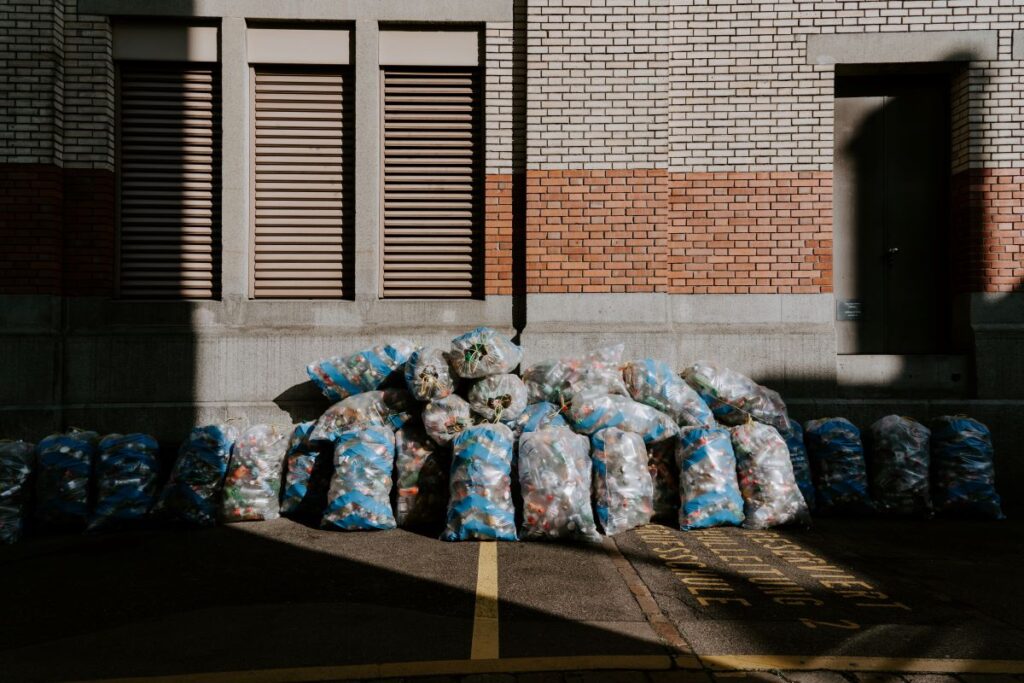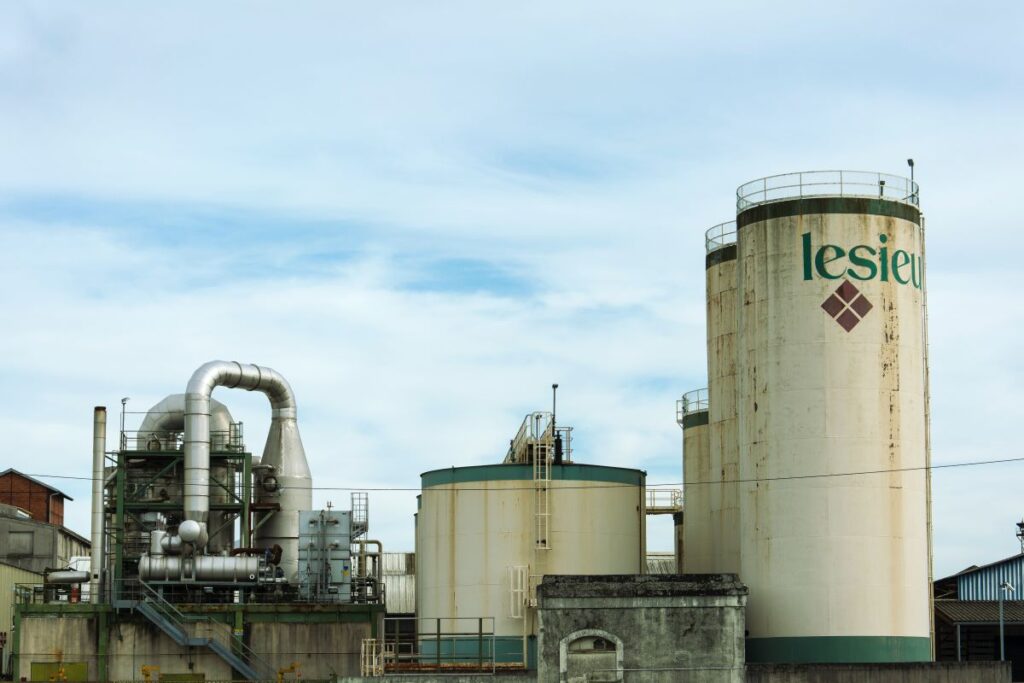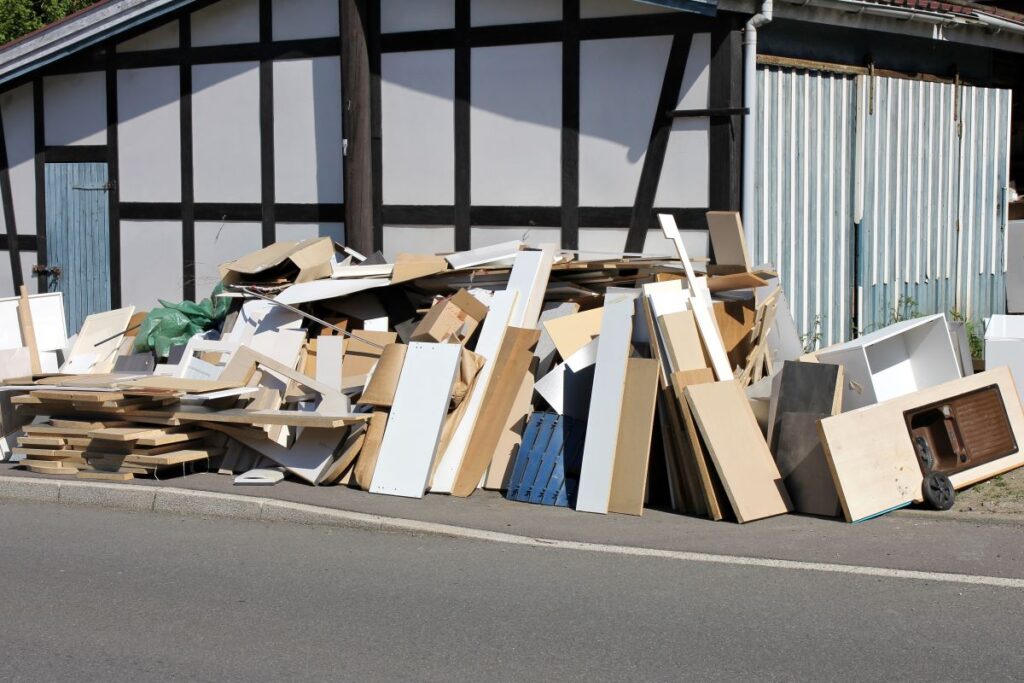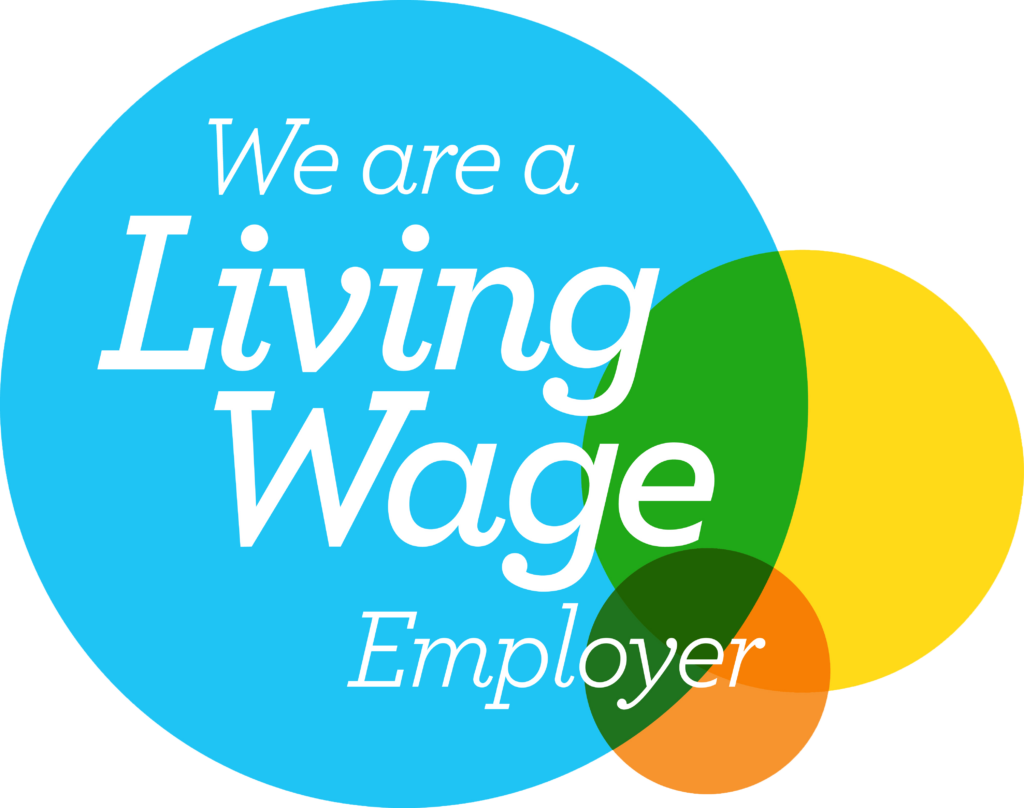BLOG
What is an EWC Code and why do I need it?

The EWC Code is used to classify the many different types of waste companies can produce. But with 650 different codes, across 20 chapters, it can be tricky to navigate. Here’s our handy guide to help you break down the EWC code and figure out which code is best for your waste.
What is an EWC Code?
An EWC Code is a six-digit code listed in the European Waste Catalogue. These codes are used to identify and classify all kinds of waste into different categories. They’re structured as three pairs of numbers, each representing chapters, sub-chapters, and individual entries. For example, 12 34 56*. The code describes how the waste has been transported, handled, or treated. They might also be referred to as a LoW Code (List of Waste Code).
Why do you need to use an EWC Code?
The EWC codes are used when completing waste data returns, waste transfer notes, and hazardous/ special waste consignment notes. Their main purpose is to prevent harm to people and the environment as these codes provide descriptions of different waste, so carriers know the best way to handle the waste. The use of these codes is a legal requirement of the Duty of Care legislation in place across the UK.
Classifying the waste you’re producing will help your waste carrier decide on the most appropriate was to treat and handle the different waste streams you’re producing. The code can also act as a helpful guide as to whether waste is considered as hazardous or non-hazardous.
Who chooses an EWC Code?
EWC Codes must be assigned to waste before it is sent for recycling and disposal. As part of Duty of Care legislation, waste producers must classify the waste they’re producing. These codes are used throughout the paperwork given to waste collectors and contractors so they can handle your waste correctly and safely. While they can work with contractors, it is ultimately the producer’s responsibility to categorise their waste and confirm that the correct code has been used.


How does the code work?
The EWC code is split into three pairs of numbers and, where applicable, an asterisk (*). Each pair of numbers represents a chapter and within that chapter there are several sub chapters.
Chapters
Within the EWC Code there are 20 chapters, each numbered 01 to 20. The titles of each chapter are incredibly important as the waste must fall within the scope of the title to be considered within that classification. Some chapters also exclude certain wastes from that category in their title so that must also be considered.
The titles of some of the chapters within the code give details on the industrial process or business activity that has produced that type of waste. For example, Chapter 04: Wastes from the Leather, Fur, and Textile Industries.
Other chapter titles can give an insight into the type of waste it contains. For example, Chapter 13: Oil Wastes and Wastes of Liquid Fuels (except oils, and those in chapters 05, 12, and 19).
Sub-chapters
Most chapters contain several sub-chapters within them. These go into more detail about factors such as the type of waste or the industrial process or business activity that creates the type of waste. The sub-chapter selected for that waste stream adds another two-digits to the two from the chapter number, creating a four-digit code. For example, Sub-Chapter 04 02: Wastes from the Textile Industry or Sub-Chapter: 13 01 Waste Hydraulic Oils.
Individual entries
Each sub-chapter also contains the classification codes for individual wastes. The individual waste classification adds the final two-digits, creating the full six-digit EWC Code used on waste transfer notes and consignments. If the waste can be considered as hazardous, it will be marked with an asterisk after the six-digits. This is useful to protect waste carriers as hazardous waste must be treated separately and carefully. For example, 04 02 16*: Dyestuffs and Pigments Containing Hazardous Substances or 13 01 10*: Mineral Based Non-Chlorinated Hydraulic Oils.
Contact us
For help figuring out which EWC code is right for your waste, contact our team of experts. Or use our EWC code search tool to figure out which code you need for your waste transfer notes.




